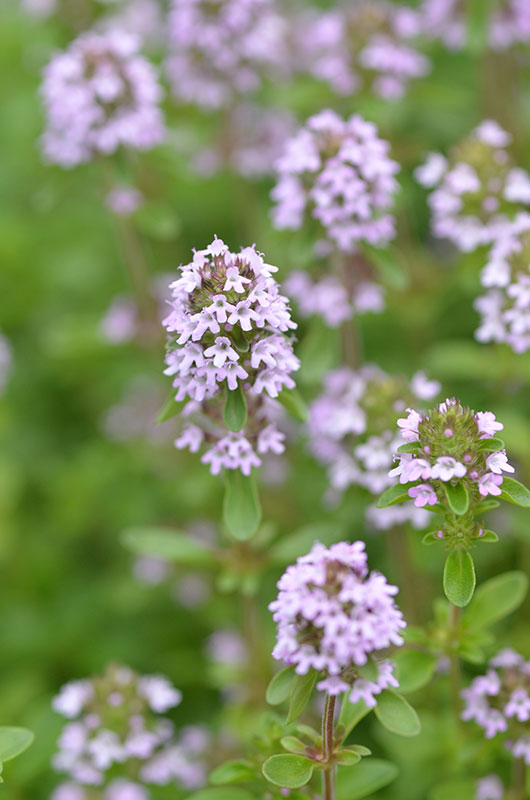
Perennials, Weeds > Thymus > Thymus serpyllum > Thymus serpyllum
Thymus serpyllum
Breckland Thyme, Breckland Wild Thyme, Wild Thyme, Creeping Thyme, Elfin Thyme.
Origin: Thymus serphyllum is native to the greater part of Europe and North Africa but has naturalized in many regions in North America.
Mike's
Opinion


"
Widely grown and used as a seasoning in culinary dishes and in landscape plantings as a dry area groundcover where it may be tolerant of some foot traffic. A garden of note that has employed many species and cultivars of Thyme in a ‘Thyme Walk’ is HIghgrove, England owned by Prince Charles. T. serphyllum attracts many pollinators to the garden including bees and butterflies such as the common blue and large blue butterflies as the larvae feed on the plant.
Michael Pascoe, NDP., ODH., CLT., MSc. (Plant Conservation)
"
| Family |
| Lamiaceae |
| Genus |
| Thymus |
| Species |
| serpyllum |
| Category |
| Perennials, Weeds |
| USDA Hardiness Zone |
| 4 - 8 |
| Height |
| 2 cm |
| Spread |
| 7.5 - 30 cm |
Photographs
Description and Growing Information
Flowering Period
| General Description |
| The plant is a low growing, prostrate perennial to subshrub with a fine taproot. |
| Growth |
| Medium |
| Habitat |
| T. serphyllum is found growing on lean, thin soils that are fast draining such as sandy heaths, rocky outcrops, hills, banks, roadsides and riverside sand banks. |
| Leaf Description |
| Leaves are evergreen to semi-evergreen, however many leaves in the center of the plant may be retained in the colder regions. Leaves are nearly stalkless, opposite, linear-elliptic, 3–8 mm long, with an obtuse apex and entire margins. They are deeply aromatic, especially when crushed. |
| Flower Description |
| The strongly scented flowers range in colour from lilac, pink-purple, magenta, or even in rare exceptions, white. Blooms are all 4–6 mm long, with a tube-like calyx with an irregular corolla that is slightly tomentose. The upper petal is notched, while the lower petal is larger in size than the two corresponding lateral ones and have three flattened lobes that form the lip. Each flower has four projecting stamens and two fused carpels, blooms are arranged in showy 2-3 cm upright panicles. |
| Fruit Description |
| The schizocarp is dry and four chambered. |
| Notable Specimens |
| Royal Botanical Gardens, Burlington, Ontario, Canada. |
.jpg)
